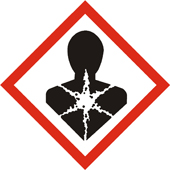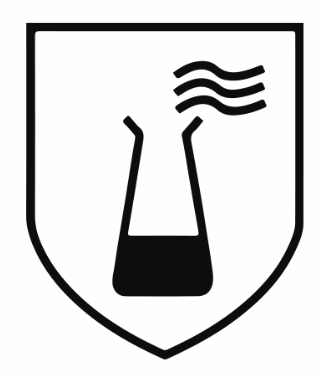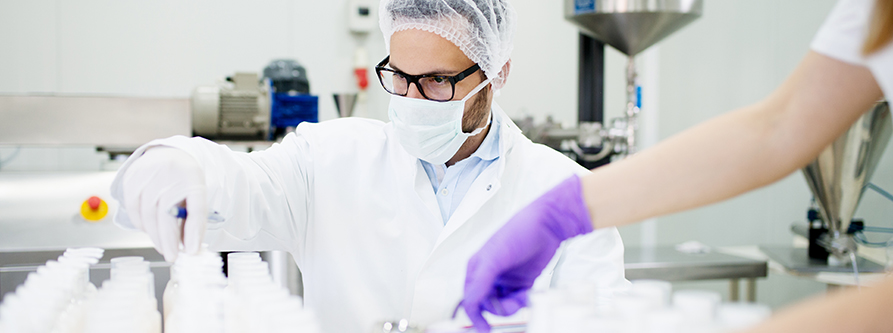True or false ? Chemical products
Service Communication
February 23, 2022
To share
– –
At PÔLE SANTÉ TRAVAIL, we are fortunate to have a team of industrial toxicologists. Their mission is to provide chemical risk prevention advice. They support both companies and occupational health teams in the identification and assessment of risks related to the handling of chemicals and the implementation of industrial processes. They also advise them on regulations and collective and individual prevention measures. They carry out job studies and may be called upon to analyze the Safety Data Sheets (SDS) of chemical products in order to identify the dangers they represent and detect Carcinogenic Mutagenic Reprotoxic (CMR) products.
There are still many misconceptions about chemicals. Our team of toxicologists carried out a series of true/false to better understand how to read a chemical labelwhat protection to use depending on the nature of the product, etc.
True or false ? My product bears this pictogram, it is carcinogenic

True and false. This pictogram is present for all the products labeled carcinogenic, mutagenic or toxic for reproduction but it is also used to identify other health risks such asrespiratory allergy.
It is the hazard statements associated with the pictogram that allow us to tell the difference. Always read the product label thoroughly.
To find the pictograms and the hazard statements associated with them, discover the labeling flyer.
True or false ? The surgical mask protects me from solvent vapors
Faux. the surgical mask is not a respiratory protection suitable for chemical products. Each product has its own protection!
- Dusts and aerosols : FFP masks or P-type cartridge ;
- Gases, vapors (including solvents): masks with a cartridge (the type of cartridge depends on the product to be protected against).
True or false ? All gloves protect against chemicals.
Faux. Only gloves with this pictogram are resistant to chemicals:

The letters are associated with chemical substances for which the glove resistance has been tested (ex: J: Caustic soda) :
- Type A :Protective glove with a permeation time greater than 30 min for at least 6 chemical substances among those tested;
- Type B :Protective glove with a permeation time greater than 30 min for at least 3 chemical substances among those tested;
- Type C :Protective glove with a permeation time greater than 10 min for at least 1 chemical substance among those tested.
Always choose your gloves according to your activitytaking into account the products handled (resistance of the material) and the tasks performed.
True or false ? Some chemical substances can enter the body in case of contact with the skin
True. This is called the substances with proven percutaneous penetrationthis is particularly the case for certain pesticides.
This property is also used for the purpose therapeutic for the administration of drugs (estrogen, nicotine patch, etc.).
As a reminder, in the workplace, main routes of entry of chemicals in the body are:
- The respiratory tracts ;
- L’ingestion ;
- The dermal and or mucosa.
When such substances are present in the products handled, skin protection is all the more essential. Your occupational health service can advise you on this.
True or false ? Chemicals bought in supermarkets can pose health risks
True. Some products may be corrosive and cause chemical burns if in contact with the skin (such as soda), others may be irritants for the respiratory tract (such as acetone or concentrated household vinegar)
Remember to read the label in detail, you will find all the dangers associated with handling the product.
True or false ? Essential oils are not chemicals
Faux. Essential oils are complex mixturesderived from plants, containing volatile organic compounds such as alcohols, aldehydes, ketones, phenols, esters, ethers and terpenes, in varying proportions. They are therefore mixtures of chemical substances whose safety for health and the environment cannot be guaranteed without a prior assessment.
Access prevention documents concerning chemical risk.
–


